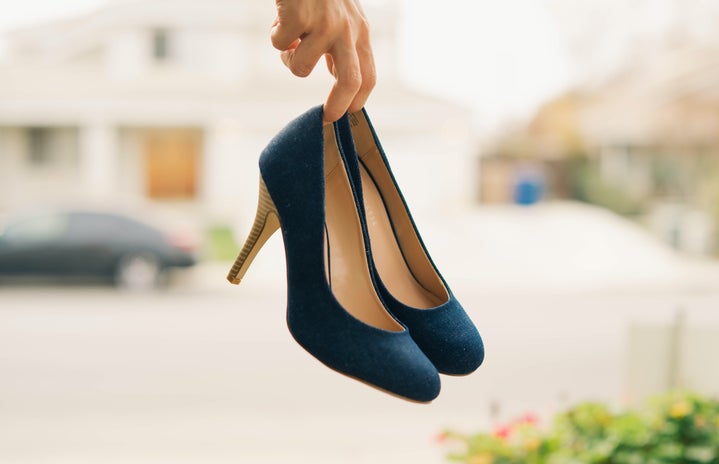Fashion leaves a footprint on the environment with each step of the clothing life cycle. The fashion industry is the second largest consumer of water, aside from the oil industry, and those in the industry must put an end to its negative impact on the world.
When most people are presented with the words sustainable or environmental, they initially think of recycling. Reduce, reuse, recycle is a well-known advertising slogan; therefore, people typically think that recycling is the only way to deal with these problems. In reality, the average citizen can do a multitude of things to improve and maintain the environment.
Many retailers are taking charge of their environmental impact by creating more sustainable collections.
Nike, one of the leading active wear companies, is in the process of improving its impact on the environment. Nike is reaching towards their goal of a better world with a few different methods. They are using recycled polyester, which is made by transforming plastic bottles into performance gear. Nike also dyes their fabric using a technique called colordry, which conserves water. The company also has a program called Nike Grind that turns old shoes into turf fields and playgrounds. Nike’s well known Flyknit material was a big sustainable move for the company. Many consumers didn’t even realize that the fabric used for the Flyknit Lunar 1+ running shoe was the company’s first step to reducing the environmental impact of their manufacturing process. The shoe reduces footwear waste by 80% on average, compared to traditional production methods.
“Sustainability is a powerful opportunity to innovate. We aim to deliver a portfolio of products and services that deliver maximum performance for athletes with minimal impact on the environment.” -Nike
“One for one,” TOMS’ well known motto, encourages consumers to buy a pair of TOMS and give a pair to a child in need. TOMS’ charitable efforts are far from secret; they make sure that each customer is aware of what they are purchasing and what the impact their purchase will have on others.
The brand started just giving shoes, but TOMS now has a variety of programs. A purchase from TOMS Roasting Co. helps provide access to water in seven different countries. Purchasing TOMS eyewear helps give sight through surgery, medical treatment and prescription glasses. The purchase of TOMS bags provides training for skilled birth attendants and helps with providing the vital materials needed to help a woman give a safe birth. The proceeds from TOMS StandUp Backpack Collection help provide training to school staff and crisis counselors to help prevent and respond to instances of bullying.
Patagonia is known for their environmental awareness, which included their campaign telling people not to buy their products. Patagonia believes that the long-lasting durability of an article of clothing encourages customers to buy one garment that will last a life time rather than constantly buying new clothes. This method is believed to reduce pollution and the environmental impact of the manufacturing process because consumers are encouraged to buy less, therefore less would be produced, creating a smaller impact.
Patagonia gives 1% of their sales to support environmental organizations around the world. “As a company that uses resources and produces waste, we recognize our impact on the environment and feel a responsibility to give back. For us, it’s not charity or traditional philanthropy. It’s part of the cost of doing business. We call it our Earth Tax.”
Patagonia is working with the Creative Action Network and the Canary Project on a campaign that spreads awareness of the changing conditions of the environment. They are asking artists and designers to create a collection of “Vote the Environment” designs that will be turned into buttons, stickers, prints and t-shirts.
What is your favorite environmentally concious brand? Tweet us @hckentstate and let us know!



